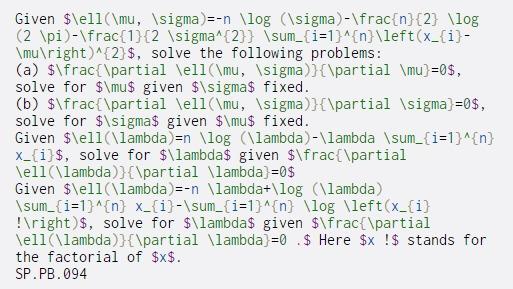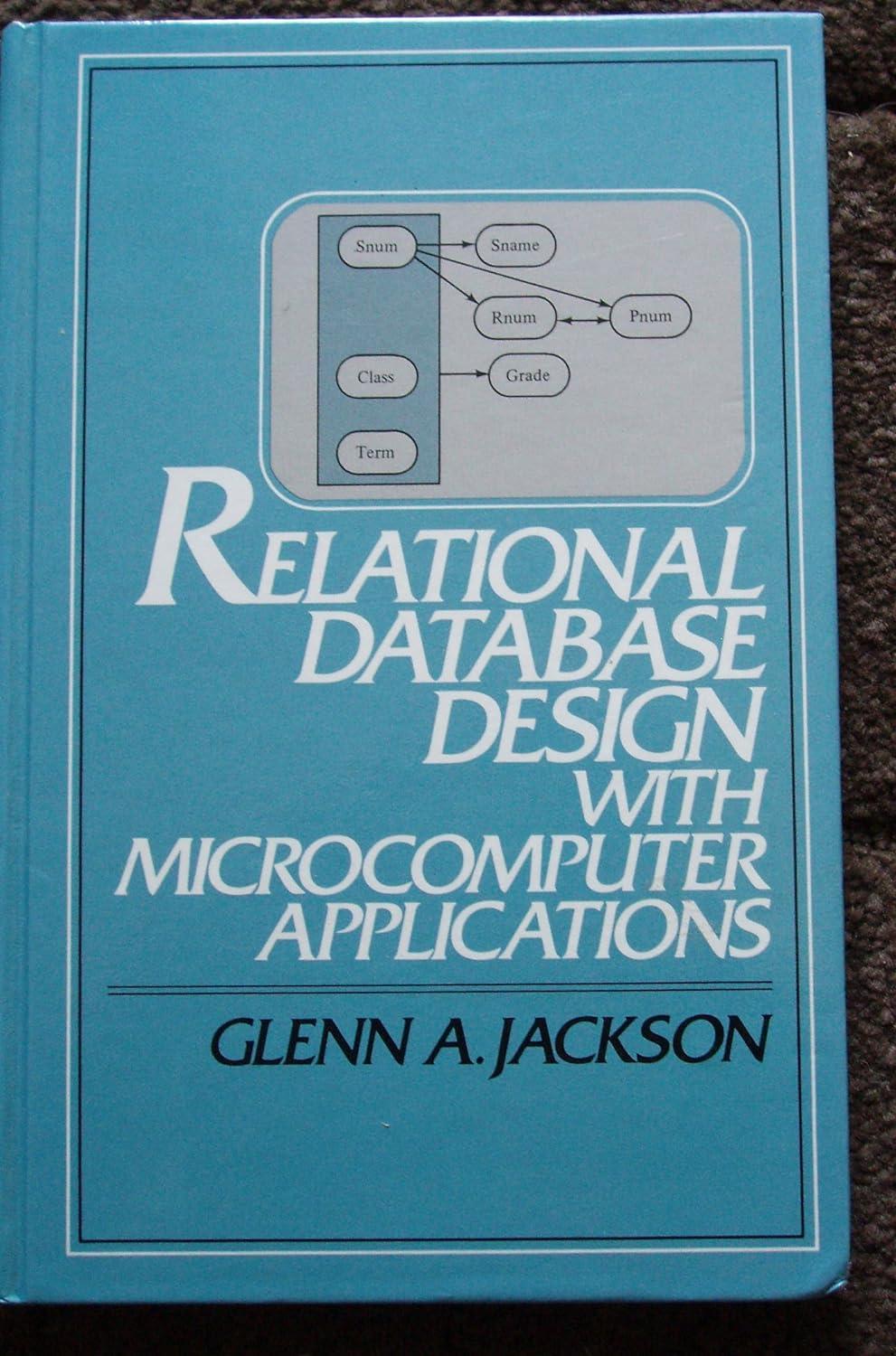Answered step by step
Verified Expert Solution
Question
1 Approved Answer
Given $ell(mu, sigma)=-n log (sigma)-frac{n}{2} log (2 pi)-frac{1}{2 sigma^{2}} sum_{i=1}^{n}left(x_{i}- mu ight)^{2}$, solve the following problems : (a) $frac{partial ell(mu, sigma)}{partial mu}=0$, solve for $mu$

Step by Step Solution
There are 3 Steps involved in it
Step: 1

Get Instant Access to Expert-Tailored Solutions
See step-by-step solutions with expert insights and AI powered tools for academic success
Step: 2

Step: 3

Ace Your Homework with AI
Get the answers you need in no time with our AI-driven, step-by-step assistance
Get Started


